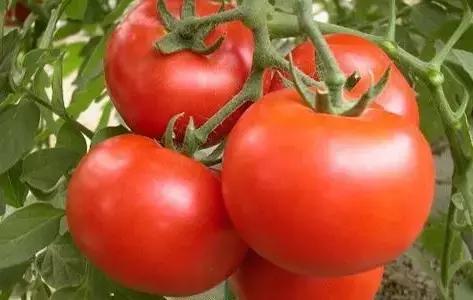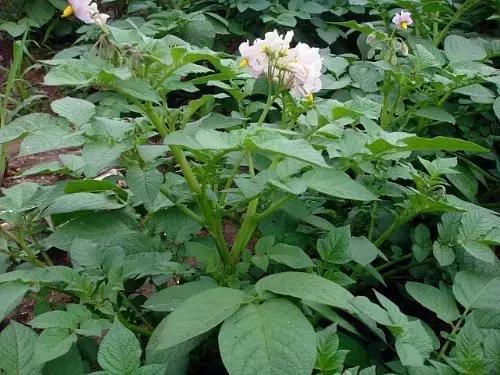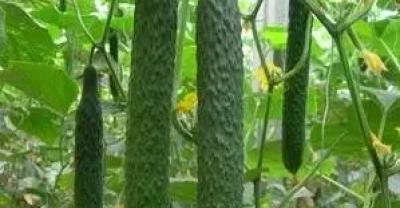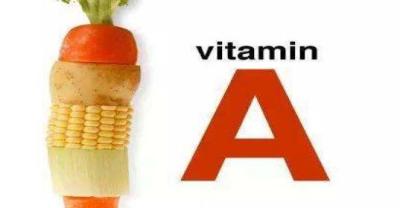This rotation of vegetables leads to a bowl full of melons and fruits.
Reasonable rotation of different vegetables can make pathogens lose parasitism or change their living environment, so as to achieve the purpose of reducing or eliminating diseases and insect pests. For example, planting Chinese cabbage after spring onion and garlic harvest can significantly reduce soft rot. Such as the rotation of grain and vegetable, flood and drought rotation, it is more effective to control soil infectious diseases.
Taxonomically, vegetables belonging to the same family are not suitable for rotation, such as tomato, eggplant, pepper and sweet pepper belong to Solanaceae, so it is not suitable for rotation.
Cucumber: the first crop of spring cucumber is mostly autumn vegetables or spring vegetables and overwintering vegetables, followed by a variety of autumn dishes, summer and autumn cucumber before a variety of spring and summer dishes, and the subsequent crop is suitable for overwintering vegetables or spring vegetables. Cucumber and tomato inhibit each other, so it is not suitable for rotation and interplanting.

Tomato: 3-5 years rotation, not continuous cropping with Solanaceae crops, the first crop is a variety of leaf vegetables and root vegetables, the second crop can also be leaf vegetables and root vegetables, intercropping with short-stalk crops or vegetables, such as edamame bean, cabbage, corm fennel, spring onions, garlic and other intercropping.

Autumn greenhouse tomatoes, interplanting vegetables can lower the ground temperature.
Interplanting sweet corn in tomatoes can induce moths to lay eggs and concentrate on killing them.
Eggplant: the previous crop is overwintering leafy vegetables, and it can also be interplanted with early cabbage, precocious cabbage, spring radish, water radish, cherry radish and other vegetables with short growth period, and autumn vegetables such as Chinese cabbage can be planted in the subsequent crop.

Pepper: should not be continuous cropping with Solanaceae crops, intercropping with leafy vegetables, root vegetables, peanuts and other short-stalk crops.

Melon: avoid continuous cropping. Crop rotation for 3 to 5 years. Avoid sticking with other melons. The leaf vegetable is the best before and after the melon, and the leaf vegetable after the next crop can obviously increase the yield.

Beans: including beans, peas, Dutch beans, sweet crisp beans, shelf beans, etc., should not be continuous cropping, crop rotation for more than 3 years, the previous crop is autumn and winter vegetables or idle land.
Carrots: the crops before the carrots in autumn and winter are mostly wheat, spring cabbage, spring cabbage, beans and so on. The following crops can be inoculated with wheat, onions, spring kale, green onions, potatoes and so on.
Potato: the first crop is onion, garlic, cucumber, followed by cereal crops and soybeans. Solanaceae crops should not rotate with each other, nor should they rotate with root vegetables.

When interplanting with other crops, it should be noted that ① should choose varieties with early maturity and short plants. The symbiotic period of ② was shortened as soon as possible, and the peak period of product organ formation was staggered. ③ competes less for temperature, light, water, fertilizer and influence management.
Green onions: continuous cropping is the most avoided. It takes more than 3 years of rotation, rotation with food crops, and cultivation of Chinese cabbage and melon vegetables with onion stubble. Early-maturing radish was planted before spring onion growth, and spinach and other overwintering crops were interplanted in the later stage.
Garlic: the most avoid continuous cropping, or with other onion plants. The stubble of early ripening beans, melons, eggplant fruits and potatoes is the best for autumn sowing garlic, and autumn beans, melons, pumpkins and eggplant fruits are the best for spring sowing garlic, which is a good previous stubble for other crops.
Chinese cabbage: rotation with rice, not continuous cropping, not with other cruciferous crops.
In rotation: ① selected vegetables with earlier harvest such as eggplant fruits; ② selected vegetables with more fertilization in previous crops such as cucumbers and watermelons; ③ onions and garlic as previous cropping could reduce diseases and insect pests. When Chinese cabbage was planted on leek ridges or garlic ridges, the disease decreased obviously.
Pakchoi and Wutan cabbage: can be rotated with melons, legumes, root vegetables and field crops. Vegetables planted in spring can be interplanted with eggplant fruits, beans, melons and so on. Summer and autumn vegetables can be mixed with celery, chrysanthemum and carrots. Early autumn cabbage can be interplanted with cauliflower, cabbage, autumn potatoes and so on. Intercropping with spring cabbage and lettuce in winter.
Shepherd's purse: autumn sowing shepherd's purse is best for tomatoes and cucumbers; spring shepherd's purse is garlic. Avoid continuous cropping.
Wax gourd: 5 to 6 ginger plants are planted among wax gourd plants, Pueraria lobata on one side of the border and taro on the other. After April and May, interplanting wax gourd or pepper and eggplant in leek border; tomato interplanting wax gourd; interplanting corm fennel, lettuce, cabbage and leafy vegetables under wax gourd rack; and interplanting ginger in mountain area.
Watermelon: crop rotation for more than 5 to 8 years. Rotation crops include wheat, rice, corn, radish, sweet potato and green manure.
Lotus root: lotus root, rice rotation, early lotus root harvest can plant celery, Sagittaria, water chestnut, watercress. Lotus root often rotates with Sagittaria, water chestnut and Zizania caduciflora every other year, or intercropping with Zizania caduciflora.
Lettuce: green onions, garlic and cucumbers can be planted before, and strawberries and tomatoes can be planted at the back.
Generally, leafy vegetables that need more nitrogen are best arranged for eggplant and fruit vegetables that need more phosphorus. Fast absorption of cucumber, celery, spinach, the next crop of the best to absorb more organic fertilizer tomato, eggplant, pepper and so on.
Pay attention to the effects of various vegetables on soil acidity and alkalinity. Planting potatoes and kale will increase soil acidity, while planting corn and pumpkin will reduce soil acidity. Therefore, the acidity-sensitive onion vegetables can obtain high yield as the follow-up crops of corn and pumpkin.
It is necessary to grow vegetables with long growth period and short growth period, which need more fertilizer and less fertilizer. Growing legume vegetables can increase the content of soil organic matter and improve soil fertility, while long-term planting of leafy vegetables that require more nitrogen will make the nutrient elements in the soil out of balance.
- Prev

How to prevent vegetables and fruits from withering and yellowing
How to prevent vegetables from withering and yellowing after drying the bought vegetables slightly, remove the withered and rotten leaves and put the fresh vegetables neatly on clean plastic.
- Next

Cleaning method of pesticide residues in melons, fruits and vegetables
Among the many vegetables, some vegetables that are easy to grow insects and are more difficult to control after growing insects are treated with pesticide therapy, so these vegetables.
Related
- Moge, come on! The staff of the peasant association in the producing area of cantaloupe were frightened when the crowd gathered.
- Causes and Solutions of low Fruit setting rate of Apple
- Symptoms and control measures of passion fruit virus disease
- Fruit growing lesson: how do apple orchards keep high yields?
- Can you build orchards in the mountains? What are the pros and cons?
- How to manage the coloring period of Crisson grape?
- This paper introduces the processing technology of two kinds of fig products.
- How much is a month for retired teachers in rural areas by 2020?
- How can strawberry planting increase sugar content? We should pay attention to management in many aspects.
- What are the cultivation techniques on how to improve the yield of golden fruit?

